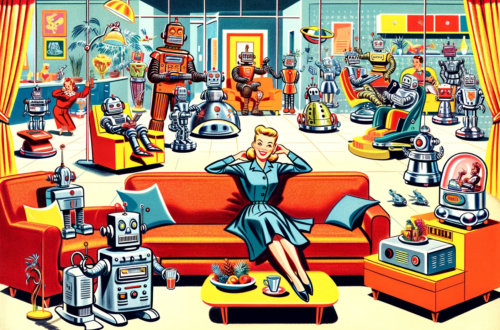The advantages for companies can be broken down into three major elements. Firstly, they have revenue certainty over the subscription period. Most subscription services are based on a minimum time frame, six months, twelve months, two years at a fixed cost per month.
Secondly, they understand who their customers are (we often hand over a heap of details when we subscribe).
Finally, they’re also guaranteed higher revenues if they bundle – forcing us to buy a heap of editions / channels / products / services that we wouldn’t ordinarily buy if they were unbundled. This is one of the biggest advantages for these companies. For example, Pay TV makes us subscribe to various channels in packages, even if it’s just a handful of shows we’re actually interested in. We might not buy a newspaper seven days a week, but subscriptions guarantee that we get the newspaper 7 days a week.
The past reasoning for bundling was that the cost of transmitting a single TV show to a single person would be so expensive as to make it a ridiculously low value proposition for the customer. If billions of dollars of pay TV infrastructure, satellites and digital set top boxes solely consisted to deliver four Collingwood matches and “On The Couch” just to me every month, it would be economically unfeasible. However, to amortise the cost across one hundred channels bundled up and sold to millions of Australians, then it makes more sense for all parties (although four Collingwood matches and “On The Couch” is the only good content on Foxtel). Similarly, I might only be interested in a single section of a newspaper, but the act of unbundling and offering for sale, for example, HiT or EG alone would be economically unfeasible for News Limited and Fairfax respectively.
Digital platforms are forcing content, products and services to unbundle. Let me describe it with an example from the music industry. Albums were the ultimate “bundle”. To get access to the three hit singles, you had to buy the full album, including filler. Record companies would “delete” the physical single after a period of time to ensure sales of the album were guaranteed, and demand for the brand/band was high, versus demand for the single product. iTunes commercialised (and legitimised) the unbundling of content by allowing people to buy individual singles from an artist at any time, and have them digitally delivered instantly. Even the lesser tracks on an album, those that weren’t economically viable from a production and marketing perspective, are now viable. The costs of distribution are almost negligible. Digital has obviously changed the business model.
Now, many other organisations are bypassing collectivism and distributing content, products and services through their own channels / platforms, at marginal cost. The iPad is one such supporting platform. So who will suffer, and who will gain?
Middle men will suffer. Content aggregators that act to simply distribute via a lowest cost business model, will thrive. Organisations who attempt to add value through elaborate, high overhead marketing and fixed distribution (like current record companies, book publishing houses and department stores) will suffer as they will attract less willing suppliers (who won’t be sold on their benefit) and less customers (who won’t be convinced to pay a premium).
Consumers will benefit. Amen.



